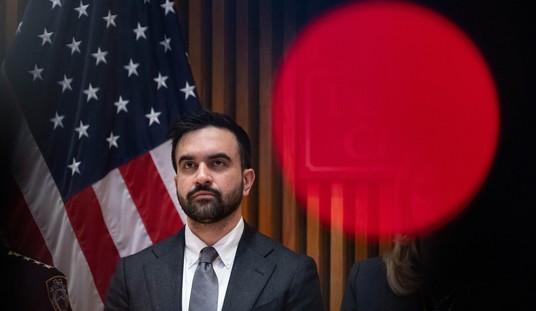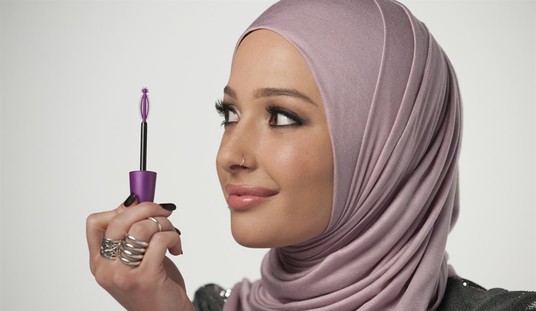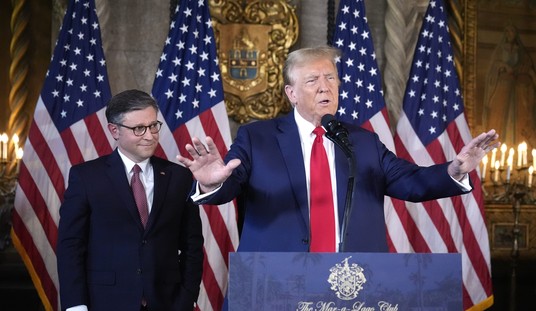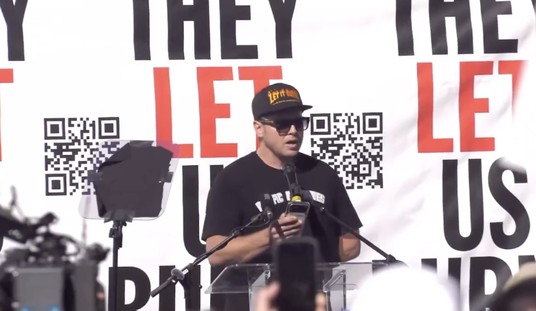I’m actually a Psychology major. My Abnormal Psychology research paper addressed a disorder called Dissociative Identity Disorder. The more common term for it is Multiple Personality Disorder. This disorder was most famously brought to light through the 1976 movie, “Sybil,” starring Sally Fields. In the movie, nervous, young Sybil Dorsett, a victim of horrendous child abuse, had developed at least 16 alternative identities, as a psychological “defense” mechanism. It was later revealed that the entire account was fabricated, although Dissociative Identity Disorder and its companion disorder, Dissociative Amnesia, are rare, but real.
Now focus your attention on the man who would be president, Donald Trump. More specifically, let’s discuss Trump’s former spokesman, John Barron.
Yeah. Much like the 16 personalities of Sybil Dorsett, that guy doesn’t exist, except at the leisure of Trump, himself. Whereas Shirley Ardell Mason (actual “Sybil”) created her multiple personalities story as a hook to please her therapist, Trump created John Barron to serve as a buffer between himself and the press, back in the 80s. This was usually at times he found himself in the hot seat.
The Washington Post reports on several of the questionable interviews given by “Barron,” at that time.
One puzzling account relays a deal gone wrong between Trump and the Metropolitan Museum of Art:
“…on June 6, 1980, in a New York Times report about Trump’s controversial decision to destroy two Art Deco sculptures he had conditionally promised to the Metropolitan Museum of Art. In that instance, Trump used the alias to stall for three days before finally giving an interview under his own name; when he did, he told the Times that he had been out of town and unavailable (!).”
This was the first known appearance of John Barron.
Another story from 1984, in regards to the failed deal to build Trump Castle in New York, rather than Atlantic City, has Trump-as-John Barron crafting a story of triumph out of the failure:
“’It sure is easier to get a large commission on a $105 million sale than to put up a building,’ New York magazine quoted Barron as saying in its Aug. 13 issue that year, referring to a decision by Trump and partner Prudential Insurance to sell a Madison Avenue property, rather than develop it.”
Then there was Trump’s foray into pro football, in 1985:
“As owner of the USFL’s New Jersey Generals in 1985, Trump used Barron to publicly pressure his counterparts in the ill-fated pro football league to help him pick up the tab for quarterback Doug Flutie. On April 2 of that year, The Washington Post quoted Barron as saying that ‘when a guy goes out and spends more money than a player is worth, he expects to get partial reimbursement from the other owners.’”
For a decade, Trump dodged negative press, much like he now dodges debates, by hiding behind an imaginary friend, John Barron.
A lawsuit in 1990, regarding his use of illegal immigrant workers on his Trump Tower project, where Trump was sued to retrieve back pay for the Polish migrants blew the lid off of the curious case of John Barron:
“A lawyer who had represented the workers in their effort years earlier to recover back pay testified in the case that a man who identified himself as John Barron had called one day in 1980 and threatened a lawsuit if the workers didn’t stop trying to collect additional wages.”
Trump was forced to admit on the stand that he “occasionally used” the name, “John Barron.”
So was Trump suffering from a disorder, or just like Andy Kaufman’s lounge lizard alter ego, Tony Clifton, has so much of his career and tough guy persona been one, giant con?
The jury is still out. Sadly, the biggest con now may very well be on the American people.














Join the conversation as a VIP Member